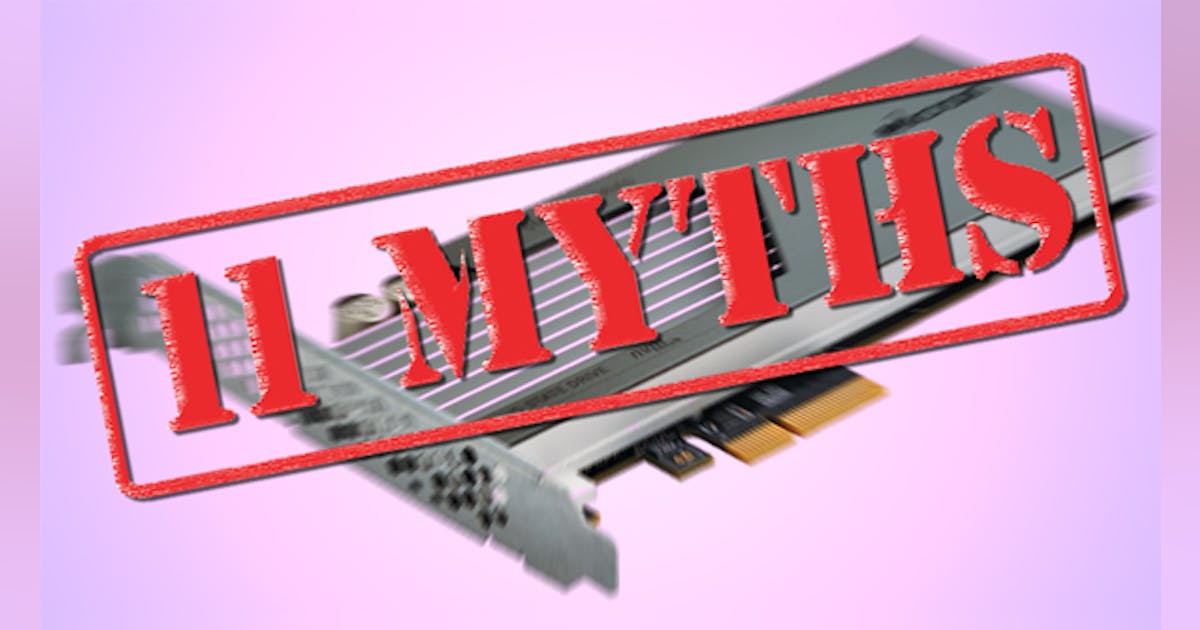If that's the case then I apologise for providing incorrect information.If an SLOG breaks absolutely nothing bad will happen to your data. As long as the system is still running.
The SLOG is only ever (!) read at crash recovery, e.g. an unexpected reboot, power loss, ...
HTH,
Patrick
However, I'd still make the case for mirrored SLOG (bear with me!). With a single SLOG device, if it fails FreeNAS will revert to writing its ZIL on your storage pool. In your specific case I believe you're planning on using an all-flash pool, so the performance impact of this would be lower than if you had spinning drives in your pool. However, there would still be a performance impact (there's a reason you're planning on using a super fast SLOG in your system). It's possible this reduction in performance could be significant, especially in an environment with heavy VM usage. You'd also have to replace the missing SLOG device (which I guess would probably arrive on the next business day?), which would require system downtime to swap in a new M.2 PCIe device. You have to consider whether the cost of an extra drive for the SLOG is worth it for your use case.


